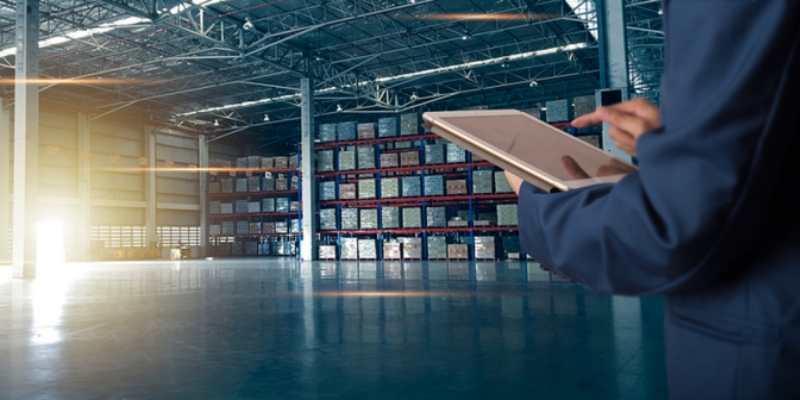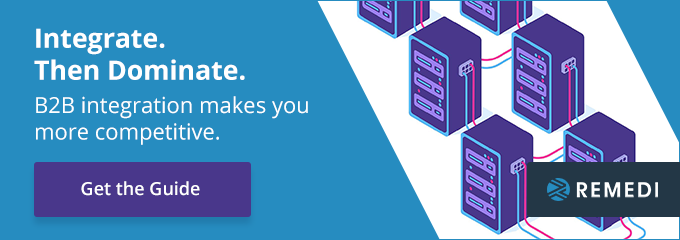
Fifty years ago, the supply chain was simpler: manufacturing was fairly local (if it wasn’t near your business, it was probably at least in the same country), and you weren’t dealing with many supply chain partners. Fast-forward to today, when the supply chain is quite complex due to the fact that many trading partners are distributed across the globe.
Gaining visibility into the supply chain is crucial for supply chain management. Read on to learn how you can improve supply chain visibility so your firm can thrive.
What Does “Supply Chain Visibility” Really Mean?
The term “supply chain visibility” means that you have the ability to track raw materials and components from original suppliers and manufacturers through your manufacturing facilities and all the way to the customer.
That might sound like an easy task, but when you have a number of suppliers and they’re located around the world, it becomes more and more difficult to do this effectively or efficiently.
How Can You Improve Supply Chain Visibility?
Now that we’ve explained why supply chain visibility matters so much, let’s explore the four ways to increase it:
- Understand where you need more visibility
- Put visibility-enhancing solutions in place
- Choose employees with strong data analysis skills
- Create a visibility mindset

Understanding Where You Need More Visibility
The first step to gaining greater visibility into your supply chain is understanding which areas should be more visible.
You might find the answer to this question complex. Maybe you’re dealing with several supply chain partners, each of whom have their own standards, their own data, and their own specifications. That’s where the second step comes in.
Putting Visibility-Enhancing Solutions in Place
This step is probably the most crucial toward enhancing your visibility in the long-term. B2B integration solutions provide more supply chain visibility because:
- They centralize information from supply partners
- The information is in real time
- They give you greater insight into what’s going on with your supply chain
B2B integrations automate many processes, including the gathering and transmitting of information. You no longer need to use manual methods such as spreadsheets, faxes, or emails to share or gather information. Instead, you can see trading partner data in one place.
Choosing Employees with Strong Data Analysis Skills
Another step in gaining greater visibility (as well as improving supply chain management) is to select employees with strong data analysis skills.
B2B integration solutions provide a great deal of information. Employees with strong data analysis skills can make sense of data flows, which in turn enables you to make better decisions.
Creating a Visibility Mindset
Once you’ve completed the previous three steps, it’s essential to create a visibility mindset at your organization. What does that mean?
A visibility mindset is one in which you and your trading partners frequently share information with one another. Moreover, because it’s easy to share information, it helps everyone to make the right decisions. A visibility mindset isn’t forged within a day, and it has to be maintained; to create such a mindset, you need to educate employees and trading partners as well as ensure that there are mechanisms in place to ensure visibility.
“A visibility mindset means that you frequently share information to make the right decisions.”
Visibility is a critical supply chain management function. Putting the right steps in place ensures long-lasting visibility. Integrate. Then Dominate.




